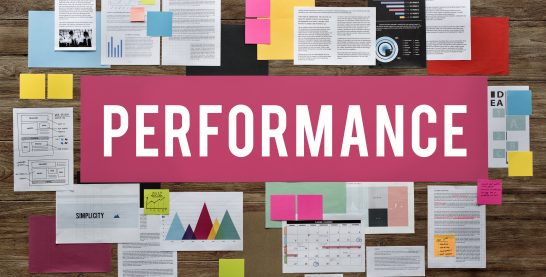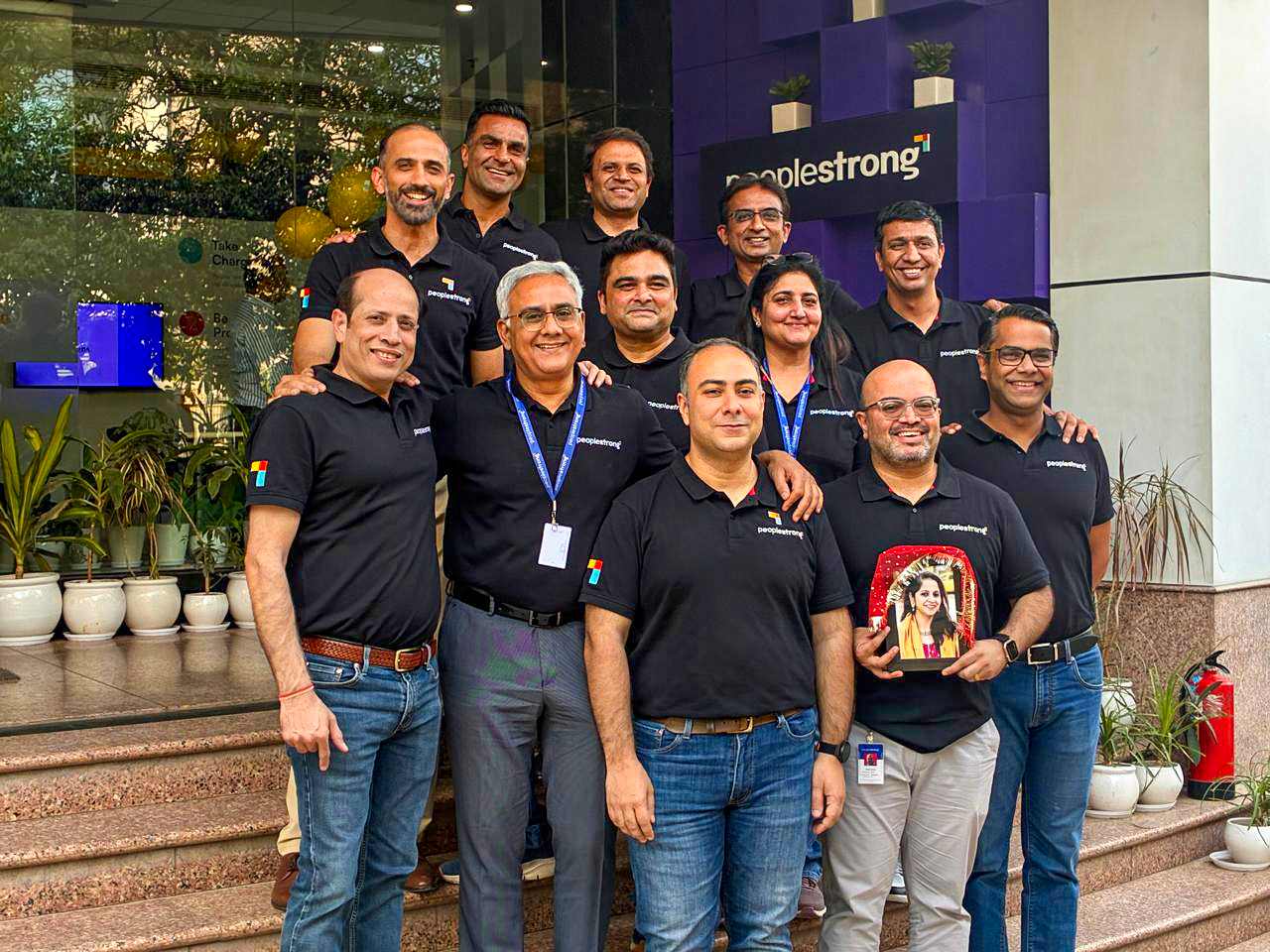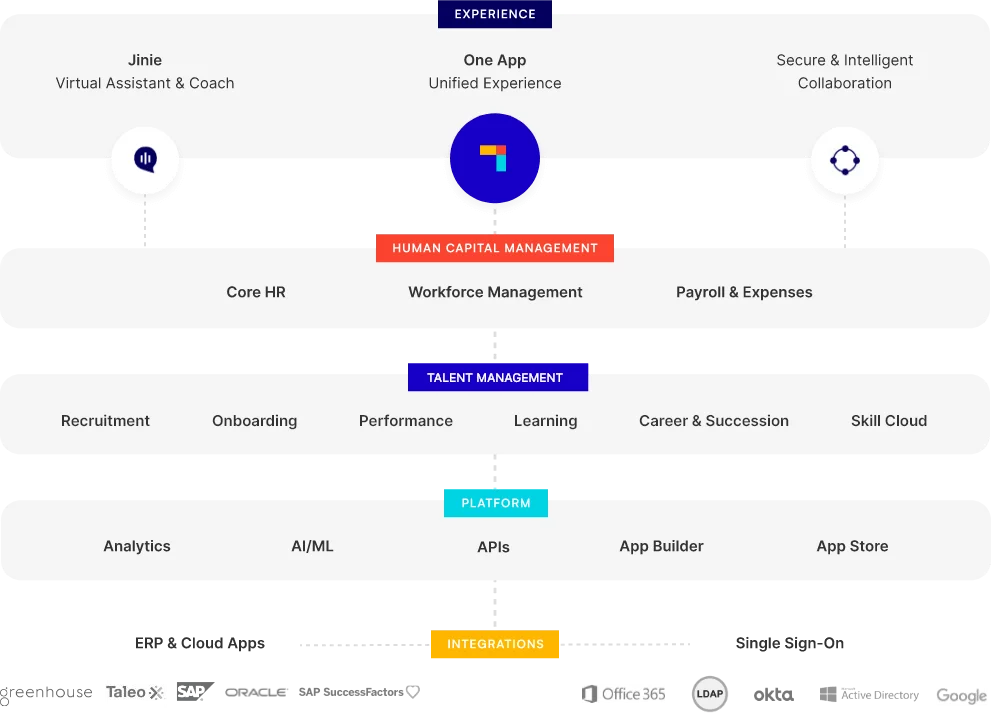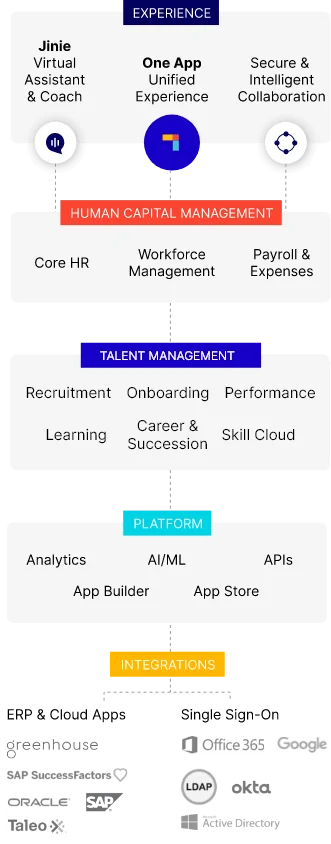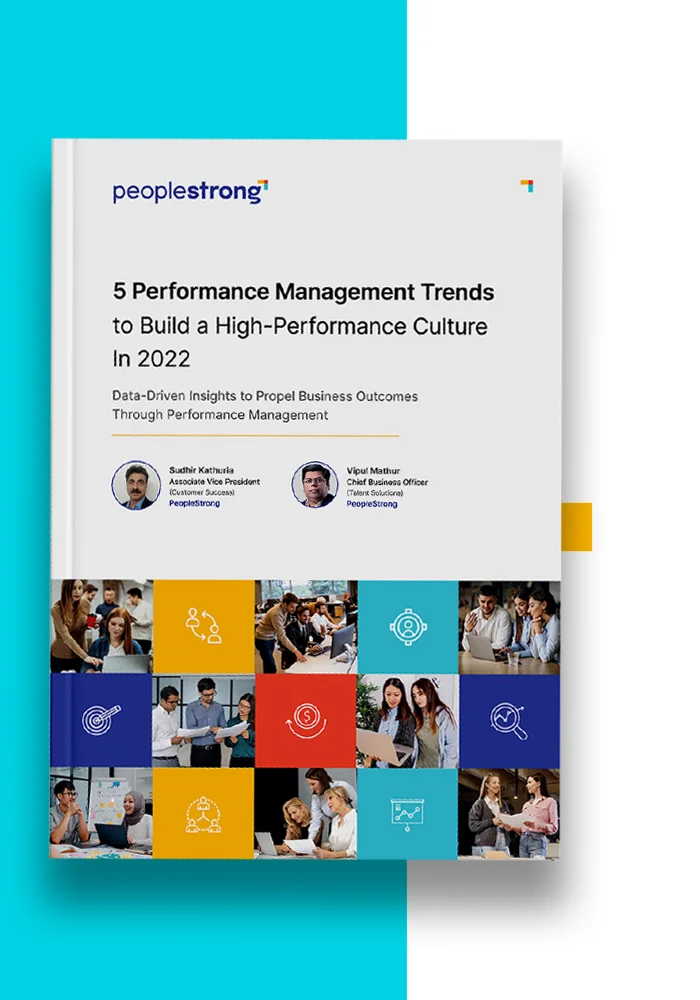The Middle East is characterised by its diverse workforce and rapid economic expansion. In such a dynamic setting, performance management becomes a critical strategy for success.
According to PeopleStrong’s 3rd edition of the Performance Trends Report:
“Continuous performance management has evolved considerably over the last few years and is now a preferred strategy for organisations across domains in the UAE.”
This indicates a shift towards more agile and responsive performance management practices that better meet the needs of a rapidly changing environment.
Reinforcing this shift, a Gartner report reveals that 81% of HR leaders in the UAE are planning to overhaul their systems to align more closely with CEO-driven growth and agility agendas. Hence, businesses today need performance managem
This blog explores the key components of an effective performance management framework tailored to the Middle East, offering real-world examples and strategic insights to enhance organisational impact.
Navigating Performance Management Trends in the Middle East
Performance management is crucial in structuring the growth and efficiency of companies across the Middle East. This strategic tool involves ongoing communication, goal alignment, and performance assessment to meet individual and company-wide objectives.
It plays a pivotal role in adapting to the fast-paced economic environments typical of the region.
Notably, a 2023 report highlights that 69% of organisations have significantly improved transparency in aligning employee goals with leadership priorities—a vital step towards more coherent and effective management.
Additionally, more companies are adopting quarterly performance reviews, increasing from 22% to 35%, while those conducting annual reviews have decreased from 50% to 39%. This indicates a shift towards more frequent feedback and away from traditional yearly evaluations.
What Are the Different Performance Management Frameworks?
Here’s an overview of four popular frameworks, each with distinct characteristics and applications:
1. Balanced Scorecard
This framework integrates strategic planning and management by linking performance metrics with organisational goals across four perspectives: financial, customer, internal processes, and learning and growth.
👉 Example: A retail company uses it to track customer satisfaction rates, internal process efficiency, employee skill development, and sales figures.
2. 360-Degree Feedback
This comprehensive method gathers performance data from an employee’s daily contacts, including managers, peers, subordinates, and sometimes customers, providing a well-rounded view of their abilities and behaviours.
👉 Example: A marketing manager receives feedback from her team, supervisor, and clients to gauge her communication skills and leadership effectiveness.
3. Management by Objectives (MBO)
MBO involves setting specific, measurable objectives that are agreed upon by both management and employees. Employee performance is then evaluated based on these objectives.
👉 Example: A sales executive aims to increase sales by 20% in a quarter; success is directly measured against this target.
4. OKRs (Objectives and Key Results)
OKRs is a performance management framework that helps organisations set clear, measurable goals. The framework is structured around setting ambitious objectives (the qualitative goals of an organisation) and pairing them with key results (quantifiable measures used to track the achievement of these goals).
OKRs are typically set on a quarterly basis, promoting a short-cycle, high-velocity approach that allows teams to adapt quickly to changes.
OKRs encourage transparency and accountability, as they are often shared openly within the organisation. This enables everyone to see the progress of others and understand how individual contributions align with overall business objectives.
PeopleStrong utilises the OKRs (Objectives and Key Results) framework as a key element of its performance management system, designed to align employee goals with the organisation’s strategic objectives. This approach not only drives agility and fosters a high-growth culture but also adapts to new ways of working.
PeopleStrong’s performance management system helps you:
- Align employee goals with organisational objectives using automated OKRs and performance tracking.
- Manage the entire employee lifecycle from recruitment to retirement with a unified HR Tech 4.0 platform.
- Streamline HR processes with multi-platform integration, supporting real-time updates and accessibility on any device.
- Enhance decision-making with powerful analytics and performance dashboards to eliminate biases and identify high performers.
You can also leverage our exclusive OKR guide and OKR template to make its implementation straightforward and effective for your company.
Performance Management Challenges Faced by Companies in the Middle East
Companies in the Middle East face unique challenges in performance management due to their dynamic business environments and diverse cultural settings. Here’s an explanation of some key issues:
1. Transitioning to Skill-Based Structures
Shifting from person-based to skill-based performance frameworks represents a significant challenge for many organisations in the Middle East. This transition requires restructuring performance evaluation criteria and cultural change within the organisation.
2. Inadequate Use of Technology
In the Middle East, a major hurdle in performance management is the underutilisation or misapplication of technology. The right technological solutions are essential for companies, particularly those adopting skill-based frameworks that demand continuous feedback.
Many firms either lack advanced performance management systems or fail to capitalise on existing technologies fully. This gap can impede the precise tracking of performance metrics and timely feedback delivery, which are crucial for effective management.
3. Rapid Scalability Needs Can Hamper Growth
Many companies in the Middle East experience swift expansion, which can strain existing performance management systems. As businesses grow, the need for scalable and flexible performance management systems becomes crucial to support expanding teams and evolving business goals.
4. Regulatory and Compliance Issues
Navigating the UAE’s intricate regulatory landscape poses a substantial challenge for companies managing performance. The diverse and evolving labour laws require firms to ensure their performance management systems align with local regulations.
This demands meticulous adjustments in employee evaluations and how performance data is documented and stored. Compliance is not only resource-intensive but also requires continuous vigilance to adapt to legislative updates effectively.
Strategies for Effective Performance Management
Effective performance management in the Middle East requires tailored strategies that respect cultural nuances and drive organisational growth. Here are five key approaches:
1. Cultural Sensitivity and Inclusivity
It’s crucial for your company to incorporate cultural awareness into your performance management processes. Understanding and respecting diverse cultural norms can significantly enhance the effectiveness of your feedback and evaluations.
2. Technological Integration
Integrating advanced technology into your performance management processes can provide substantial benefits:
- It’ll help you gather and analyse performance data in real-time, which will help you make informed and timely decisions
- AI-driven tools automate routine tasks, reducing your time on administrative processes. It’ll also free up more time to focus on strategic initiatives.
- AI can help tailor development programs to individual employees’ needs, tracking progress and adjusting plans dynamically.
- You can use AI to predict future trends and issues before they arise, allowing for proactive management.
Leveraging HR tech solutions like PeopleStrong’s HR Tech 4.0 can transform how organisations manage and enhance workforce performance.
3. Continuous Improvement and Feedback
Modern performance management systems cannot overstate the importance of regular feedback and ongoing development. Regular check-ins and development meetings are essential for addressing issues as they arise and promoting continual professional growth.
For example, look at PeopleStrong’s collaboration with Oman Air:
Oman Air’s Performance Culture
Problem
Oman Air faced the challenge of managing a diverse and geographically dispersed workforce across 45+ locations in over 25 countries. The airline needed a performance management system to deliver timely and constructive feedback while eliminating biases during performance evaluations.
Solutions Adopted
To address these challenges, Oman Air implemented a series of regular feedback loops within its performance management practices. They established structured, frequent development meetings and check-ins to provide real-time feedback directly related to individual and organisational goals.
Furthermore, the airline streamlined its performance review processes, enabling a more efficient way for employees to update their progress on key performance indicators (KPIs).
Impact
The new performance management system had a profound impact:
- Crew members now update weekly KPIs in under two minutes, boosting efficiency.
- Streamlined performance reviews rolled out in over 25 countries for consistent, fair evaluations.
4. Alignment with Strategic Goals
Aligning individual performance with organisational objectives is critical for ensuring the success of both employees and the company. Utilising OKRs (Objectives and Key Results) and KPIs (Key Performance Indicators) is an effective strategy, as these tools clearly define measurable goals that directly support broader business objectives.
In the Middle East, many organisations prefer OKRs due to their clear structure and direct linkage to strategic goals, making them a popular choice for performance management.
You can also easily leverage PeopleStrong’s OKR template to create OKR goals for your company.

Suggested E-book: Ready-To-Use OKR Templates
5. Employee Engagement and Retention
Fostering a supportive environment is essential for enhancing employee engagement and retention. Implementing recognition programs and offering career development opportunities are effective strategies.
For example, a finance firm introduces a monthly recognition program that rewards outstanding performance and provides regular career progression workshops, significantly improving employee morale and loyalty.
In Conclusion
Effective performance management is pivotal for thriving in the Middle East’s competitive and diverse markets. Consider implementing a comprehensive solution to streamline performance management processes. PeopleStrong’s performance management software offers robust features tailored to modern workforce needs, ensuring your company remains adaptive and efficient.
Talk to our experts to discover how PeopleStrong can transform your performance management.
FAQs
What are the key challenges of performance management in the Middle East?
Key challenges include managing a diverse workforce, adapting to rapid business growth, navigating complex regulatory landscapes, and transitioning from traditional to skill-based performance frameworks.
How can cultural differences be managed in performance evaluations?
Cultural differences can be managed by customising performance evaluations to respect local norms and values, providing cultural sensitivity training to evaluators, and using inclusive language and practices.
What technologies are most effective for performance management?
Effective technologies for performance management include AI-driven analytics for real-time data processing, cloud-based platforms for accessibility and scalability, and integrated HR systems that offer continuous feedback and goal tracking.
How often should performance reviews be conducted in a fast-growing company?
In fast-growing companies, performance reviews, such as quarterly, should be conducted more frequently to keep pace with rapid changes and ensure alignment with evolving business goals.
What are the benefits of continuous feedback over annual reviews?
Continuous feedback allows for real-time adjustments and personal development, increases employee engagement by providing regular recognition, and aligns performance more closely with immediate business objectives, unlike annual reviews that may lag behind current needs.
